Your suit speaks before you do. The right color and fit can instantly show confidence, professionalism, and respect. In those first few seconds, your outfit can make the difference between standing out—or blending in.
Each color tells a story. Navy shows trust. Charcoal shows maturity. Lighter grays show approachability. Whether you’re applying for a corporate job, creative role, or leadership position, your suit color can help reflect the image you want to project.
Imagine walking into the interview calm, confident, and well-prepared. Your suit fits perfectly, your colors complement your tone, and your look says you’re ready to take on the role. When your style matches your confidence, you make a lasting impression.
Read this guide to learn how to choose the perfect suit color for your next interview. Discover what each shade communicates, how to match your shirt and tie, and how to look sharp and professional in every setting.
Here’s What You’ll Learn:
- Best suit colors for interviews and what they say about you.
- How to match suits, shirts, and ties for a clean, confident look.
- Style tips for men and women in different industries.
- What to avoid wearing and how to make your first impression count.
Why Your Interview Suit Matters
First impressions are made in just a few seconds, and what you wear can instantly shape how hiring managers see you. A well-fitted suit communicates that you’re professional, prepared, and confident. It shows you take the opportunity seriously and notice the details—qualities every employer values.
Wearing the right suit for a job interview shows you’ve made an effort to align with the company’s culture. Whether it’s a conservative office or a creative startup, your suit choice can subtly reflect that you understand the environment.
How to Choose the Right Suit Color for Interviews
Colors affect how people see you. In interviews, you want to project trust, confidence, and attention to detail. Here’s how different suit colors communicate your professionalism and personality:
🔵 Navy Blue Suit
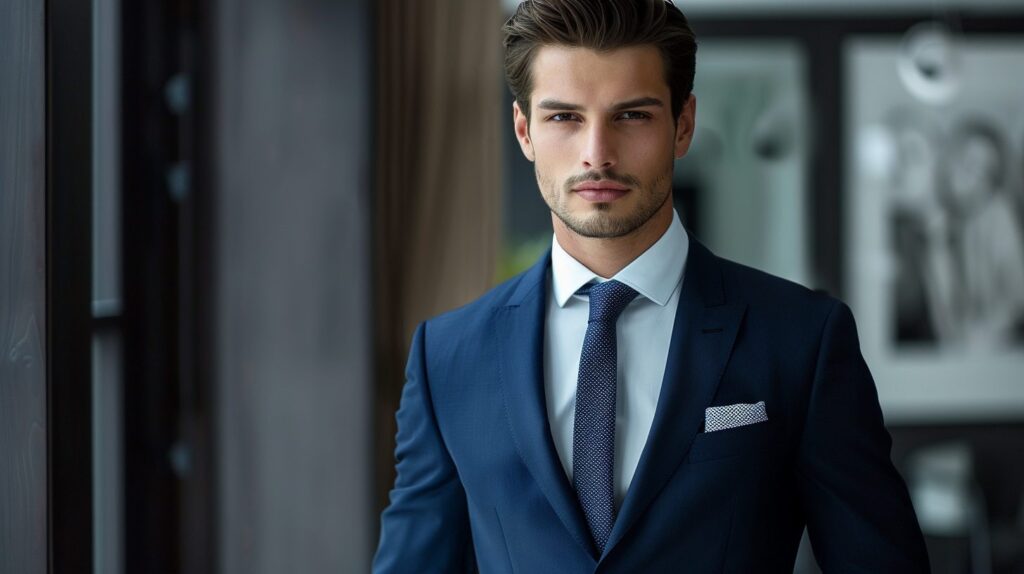
A navy suit is classic and safe. It shows confidence, reliability, and professionalism. Perfect for most industries, it gives a strong yet approachable impression—ideal if you want to look like a dependable team player during your job interview.
⚫ Charcoal Gray Suit
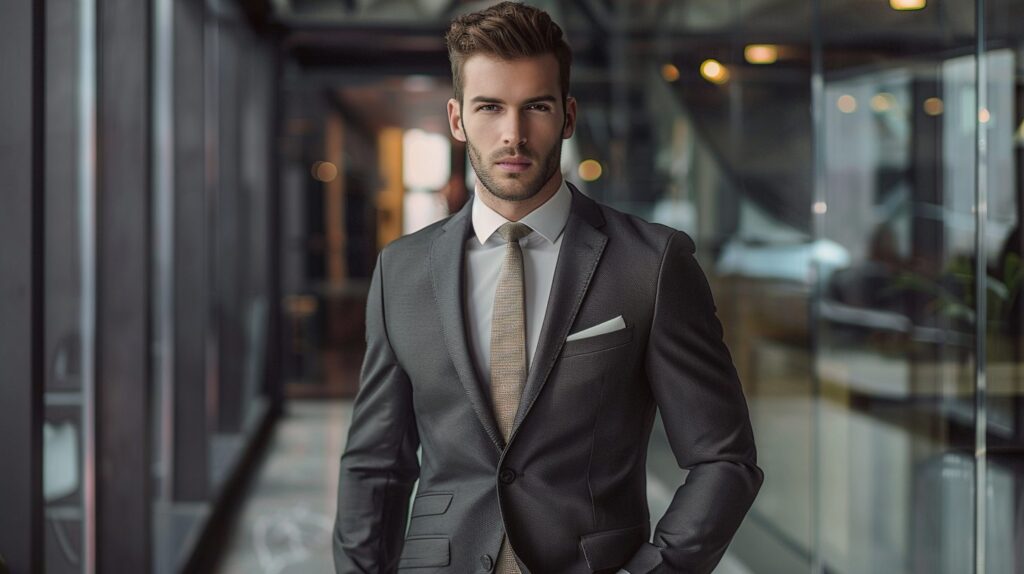
Charcoal gray is softer than black but still formal. It’s perfect for management or office roles that value calm decision-making and leadership. It projects maturity and composure in any interview setting. Wearing suits for job interviews in this color can help you appear both serious and approachable.
⚫ Black Suit
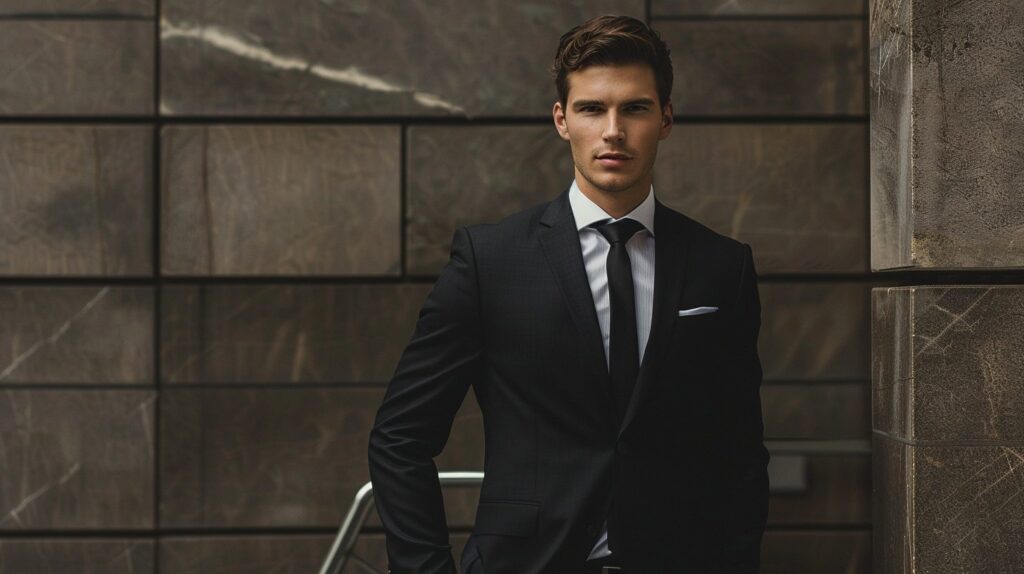
Black can look powerful but is best reserved for formal settings like corporate interviews, law firms, or evening appointments. For entry-level positions, it might appear too serious or strict.
🌫️ Medium or Light Gray Suit

Modern and approachable, medium or light gray works well for creative or tech-related interviews. It balances professionalism with friendliness, showing you’re sharp yet flexible.
🔹 Blue Suit (Lighter Shades)
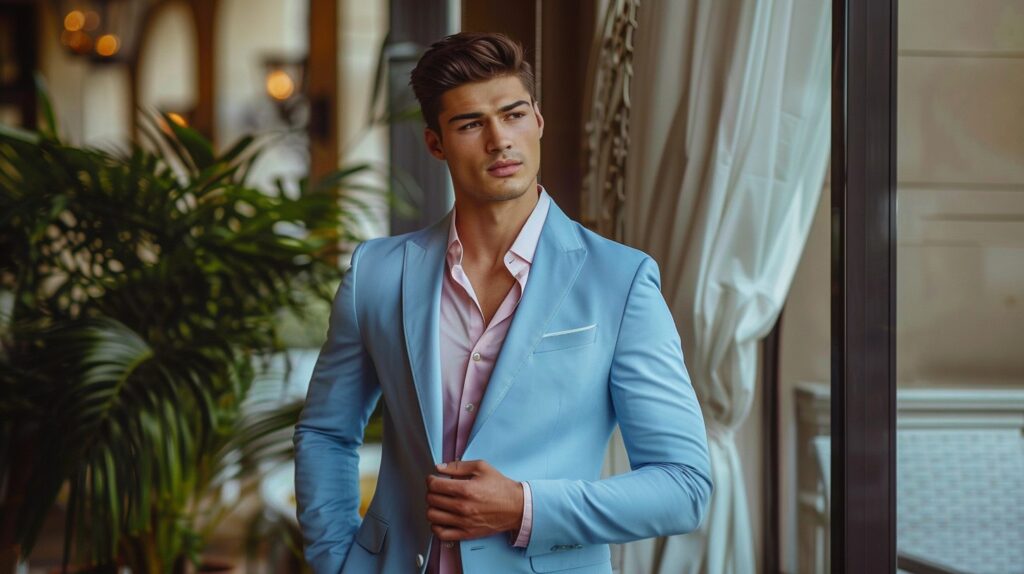
A lighter blue suit gives off a fresh, youthful vibe. It works well in industries that value creativity or collaboration, but avoid overly bright shades that might look too casual for formal interviews.
Tips for Wearing the Right Suit Color
👔 Stick to Neutral Colors
Navy, charcoal, and medium gray are timeless choices that work well for most industries. They project confidence and professionalism without being distracting. Choosing neutral suits for job interviews ensures you always look polished.
🚫 Avoid Loud Patterns
Subtle pinstripes are acceptable, but skip bold checks, bright colors, or flashy textures. You want your answers—not your outfit—to stand out.
💼 Match the Job Type
For finance or corporate roles, stick to a formal, classic suit. For creative agencies, you can choose slightly modern or relaxed styles. Dress to reflect the company culture.
☀️ Consider Lighting and Season
Lighter tones like light gray or beige work best for daytime or summer interviews. Darker shades such as navy or charcoal feel more fitting for cooler months or evening settings.
Essential Elements of a Professional Interview Suit
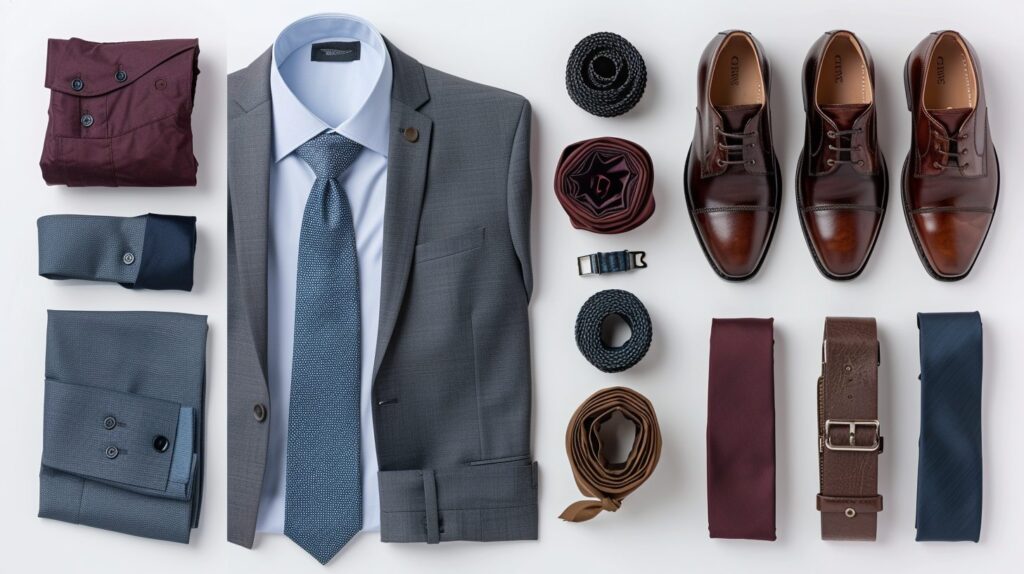
👕 Fit
Your suit should fit your body well—comfortable on the shoulders, slightly shaped at the waist, and smooth on the legs. A good fit makes you look confident and professional.
👔 Shirt
A clean white or light blue shirt is always a safe choice. Make sure it’s freshly ironed to look neat and ready.
🎀 Tie & Accessories
Choose simple colors like navy, burgundy, or gray. A small pattern is fine, but avoid anything too bright or distracting. Keep accessories minimal and classic.
👞 Shoes
Wear brown or black leather shoes that are clean and polished. Match your belt for a complete look.
💇 Grooming
Neat hair, trimmed nails, and a fresh appearance show you care about details. Use little or no cologne or perfume.
Style Guide for Men and Women
Style Guide for Men
A white or light blue shirt paired with a conservative tie creates a crisp, professional base. Match your leather belt with your shoes, and choose dark, plain socks to keep the look polished.
Style Guide for Women
Wear a neutral blouse or button-up shirt with closed-toe shoes or low heels. Keep your jewelry and makeup simple, and choose a neat hairstyle that stays in place.
Colors and Suits to Avoid for an Interview
Avoid bright or neon suits—they look too flashy. Skip big patterns like plaid or floral prints, which can be distracting. Make sure your suit fits well and isn’t wrinkled. Shiny fabrics like satin or velvet can seem too dressy for interviews.
If you’re unsure, stick with neutral colors like navy, gray, or black. These shades always look professional and create a strong first impression.
Choosing the Right Suit Color for Your Personal Style
🎨 Creative Fields (Marketing, Design, Media)
Light gray or blue suits with subtle patterns or colors show creativity while remaining neat.
💼 Corporate or Finance Roles
Navy or charcoal suits are classic and professional, perfect for formal business settings.
🧑💻 Entry-Level Positions
Simple, clean, well-fitting neutral colors project confidence.
👔 Leadership Roles
Darker colors like navy or black give a strong, authoritative look.
✨ Final tip: Your confidence matters more than the brand. Pick a suit for a job interview that makes you feel comfortable and ready to impress.
FAQ: Common Interview Suit Questions
Q: Is it better to be slightly overdressed or underdressed?
A: Always slightly overdressed. It shows respect and preparation.
Q: Should your belt match your shoes perfectly?
A: Yes—black with black, brown with brown.
Q: How much shirt cuff should show with a suit jacket?
A: About ¼ to ½ inch of your shirt cuff beyond the jacket sleeve.
Q: Can you wear a patterned suit to an interview?
A: Yes, if subtle—like light pinstripes. Avoid bold patterns.
Q: Are made-to-measure suits worth investing in for interviews?
A: If your budget allows, yes. They fit perfectly, look polished, and boost confidence.
The Goal
Choosing the right suit for a job interview is about balance—professionalism, comfort, and confidence. A navy or charcoal suit for a job interview is always a safe, smart choice. With the right suit and mindset, you’ll walk in ready to succeed.

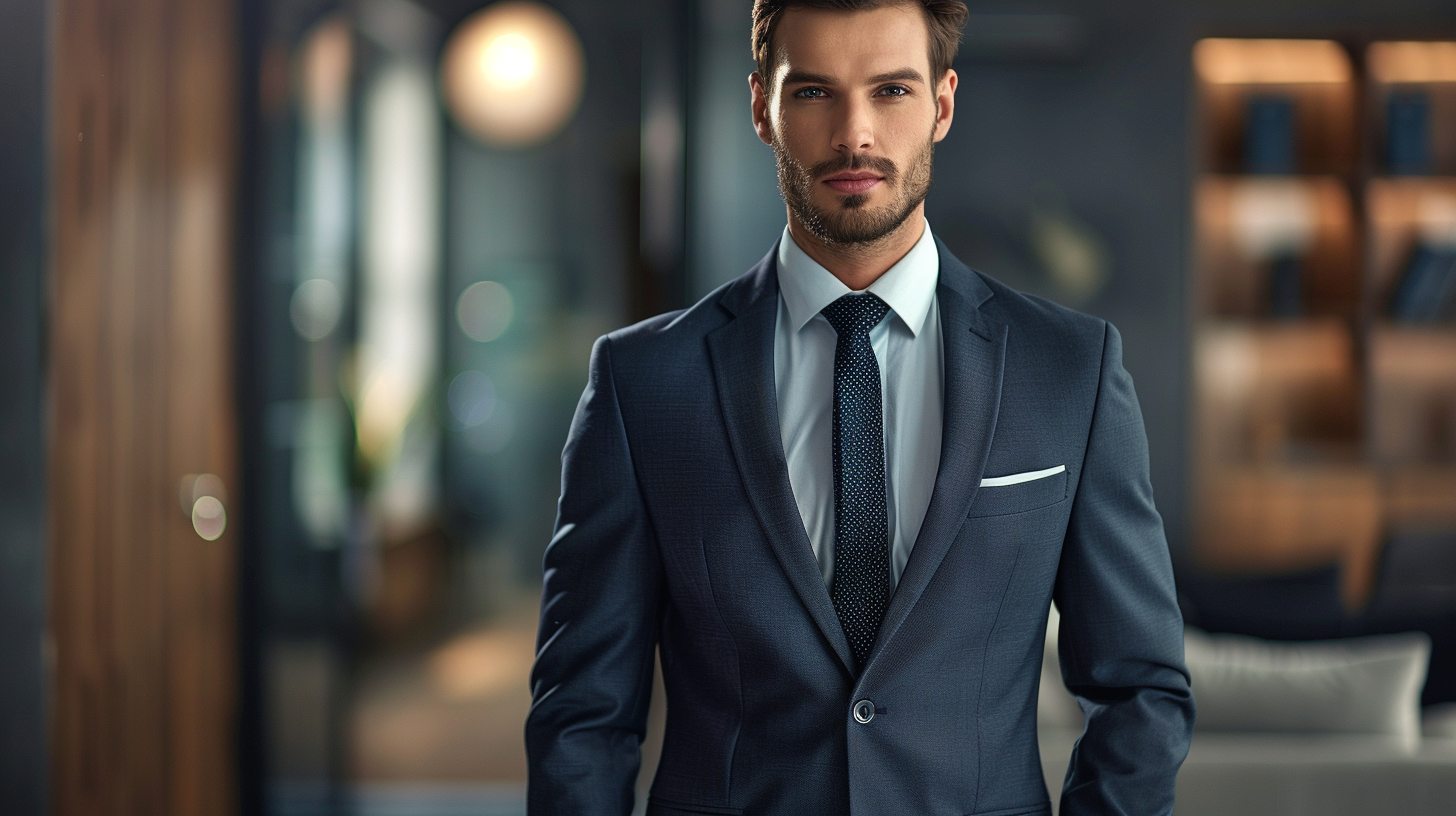

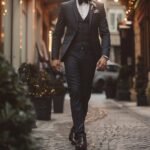

Leave a Reply